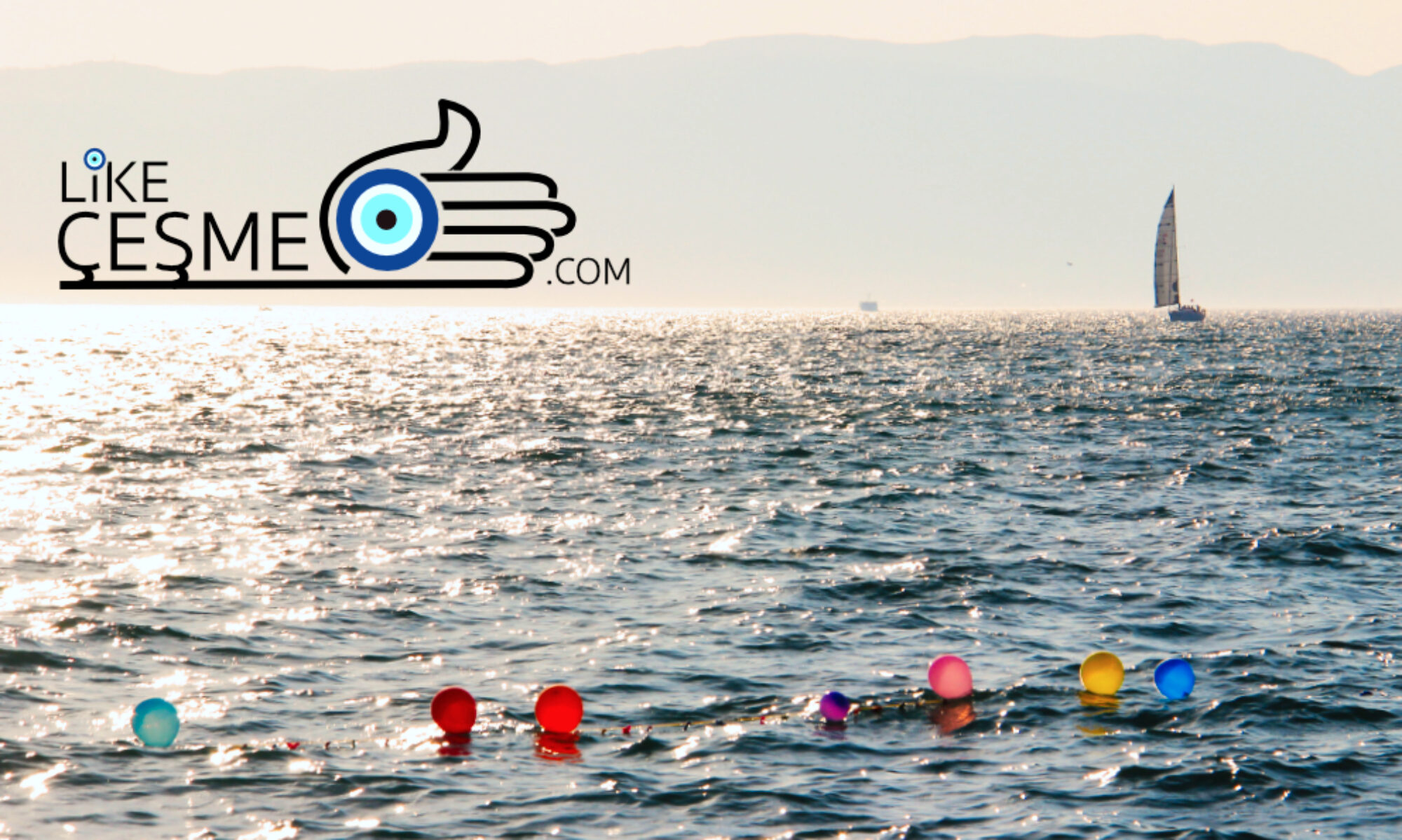In ancient times, Klazomenai (Clazomenae) was strategically positioned to control marine traffic in the centre of the Smyrna Gulf on the north coastline of the Urla-Çeşme peninsula. The Ionian lands of Klazomenai had extended eastward to the western vicinity of Smyrna, in the vicinity of the Agamemnon thermal baths now part of Balçova, an urbanised western district of the city of İzmir. South to Sığacık Bay, bordering Teos and westward, it had a boundary with Erythrai around Gülbahçe village.
Getting there: 59km east of Çeşme in close proximity to Urla pier and small harbour, just north of Urla on the Karaburun Peninsula. While the olive oil workshop is open to the general public, access to other archaeological finds around Limatepe is restricted, and there is currently no access to Karantine Island.
Map location & entry: İskele, 2121. Sk. No:17, 35430 Urla/İzmir – Open daily 08:30-17:30 (31 Oct- 1 Apr) 08:30-19:00 (1 Apr – 31 Oct) – Entry is free.
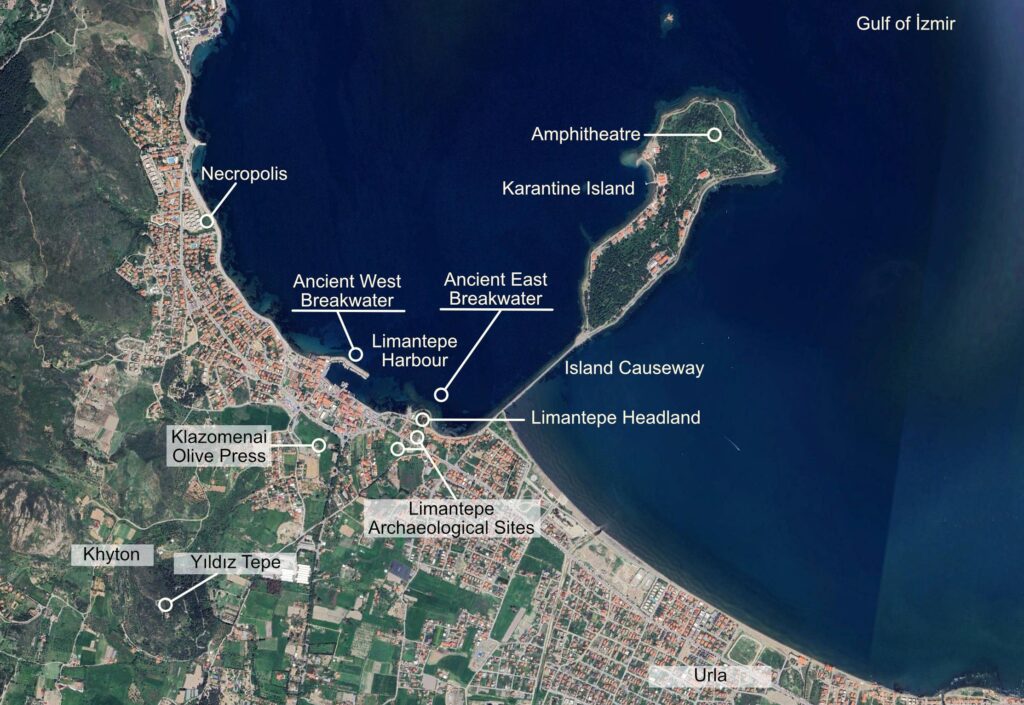
Brief History of Klazomenai
The region is the oldest known long-term settlement of the Aegean coastal region. Archaeological works date human settlement in Klazomenai to the start of the Iron Age, around 4,000 B.C. The city’s early foundation stage is found at the location of Limantepe (aka Liman Tepe) on the mainland. There is further evidence of Early Bronze settlements dated to the 3rd millennium B.C. and the first known urbanisation occurrence in the western Anatolian coastal region.
Klazomenai was one of the 12 major Ionian cities that formed the Ionian League in the 7th and 6th centuries B.C. Along with other Ionian cities, it established a commercial centre in the Nile Delta in Egypt and, together with Miletos, established Ionian colonies along the Black Sea coast. Black-figured pottery from the 6th century B.C., decorated with floral designs, animals, mythical beasts, and human figures – sometimes portrayed in scenes from epic legends – have been attributed to workshops in Klazomenai. Pottery from the city has been found throughout the Mediterranean basin, including South Italy, Southern France, the Iberian Peninsula, and the Ionian colonies on the Black Sea. The pre-Socratic philosopher Anaxagoras of Clazomenae (510 – 428 B.C.) and the earlier philosopher Hermotimus of Clazomenae (8th/7th century B.C.) were born in Klazomenai. Klazomenai was also home to large numbers of swans, and it is thought that the verb “klazo” was used to describe the call of the wild birds.
The Klazomenians surrounded their city with a 6-metre wall in the middle of the 7th century B.C. Around 546 B.C., the Persian invasion impacted Klazomenai, and the city’s area was abandoned, taking shelter in the surrounding villages and islands. With the moderate rule of the Persians, there was a return to the old city areas around 525-520 B.C. The city was centred on the mainland at Limantepe; however, during the Ionian Revolt (499-493 B.C.) from the Persians, it was moved to Karantina Island, 400 metres off the coast. In the late 5th century B.C., a settlement named Khyton was re-established on the mainland, with its Acropolis possibly on the top of the hill at Yıldıztepe. These neighbouring cities had conflictual relations, but as the ancient myth (Pliny the Elder 23-79 A.D.) goes, Alexander the Great eventually connected Karantina island to the mainland by commissioning a ten-metre-wide causeway, the remains of which are still visible.
Around 350 B.C., shortly before the end of the Persians’ rule in Anatolia, this settlement on the mainland was abandoned, and’s inhabitants of Klazomenai continued their lives on Karantine Island, using the mainland for agricultural purposes. Following Alexander the Great, while other city-states emerged so far from excavations, it appears that Klazomenai’s prime was over, and the city never returned to its former glory. Other than a few isolated farmsteads, evidence for the Hellenistic and Roman periods is sparse.
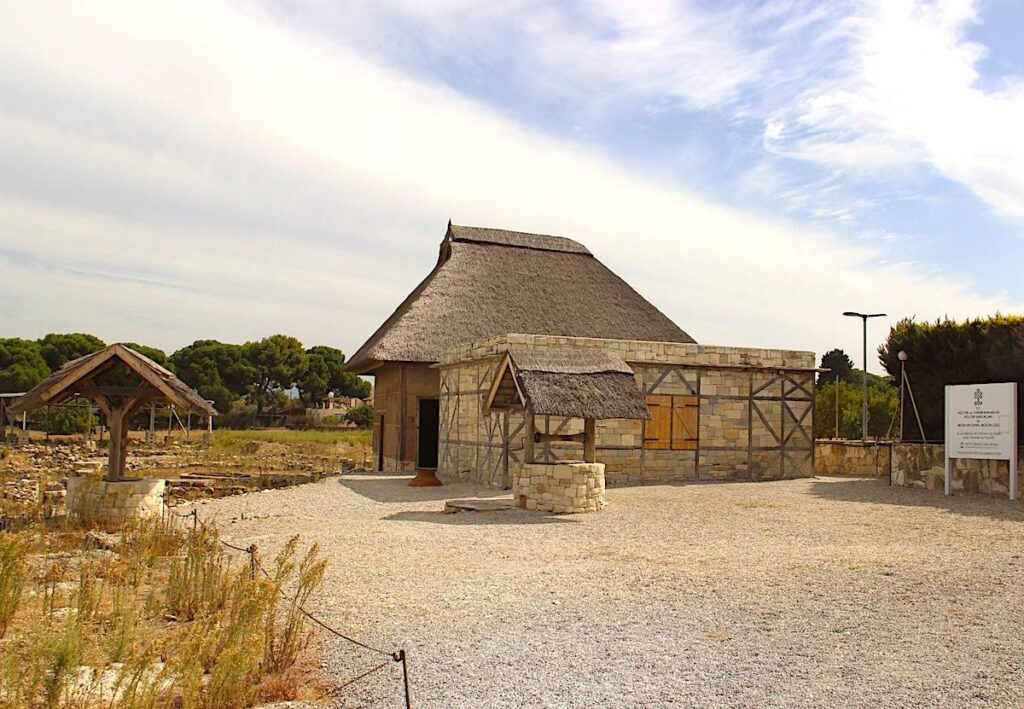
Ancient Olive Oil Workshop
Klazomenai is home to the oldest olive oil-producing workshop/factory discovered in Anatolia, which was operated 2,600 years ago. During excavation works carried out between 1992 and 2004, equipment unearthed illustrates large-scale production at the site, including a workshop with 15 pits with different functions carved into the rock, storage rooms, and two nearby water wells. It is the only surviving example of a level and weights press from an ancient Greek city. It was restored and reconstructed in 2004–2005 through collaboration between Ege University, a Turkish olive oil exporter and a German company.

Initially, production aimed to meet the city and region’s needs, but later, exports seemed to gain importance. At around 530 BC, olive oil production must have stepped up. Archaeological evidence suggests that the press was expanded and improved to function as a large installation at this time. The owner clearly invested in the new technology of the day, adding a capstan (vertical-axled rotating machine) and enlarging the press bed to have three compartments in the separation tanks. This innovation enabled the workshop to increase productivity and run continuously.
The belt-decorated amphoras unique to Klazomenai found in the excavations were used for the storage and transportation of olive oil and wine, evidencing the foreign trade of the city developed in the third quarter of the 6th century B.C. These amphorae are found throughout the Aegean basin and the Black Sea. Such a wide distribution suggests the settlement was one of the more significant players in the ancient trade network.
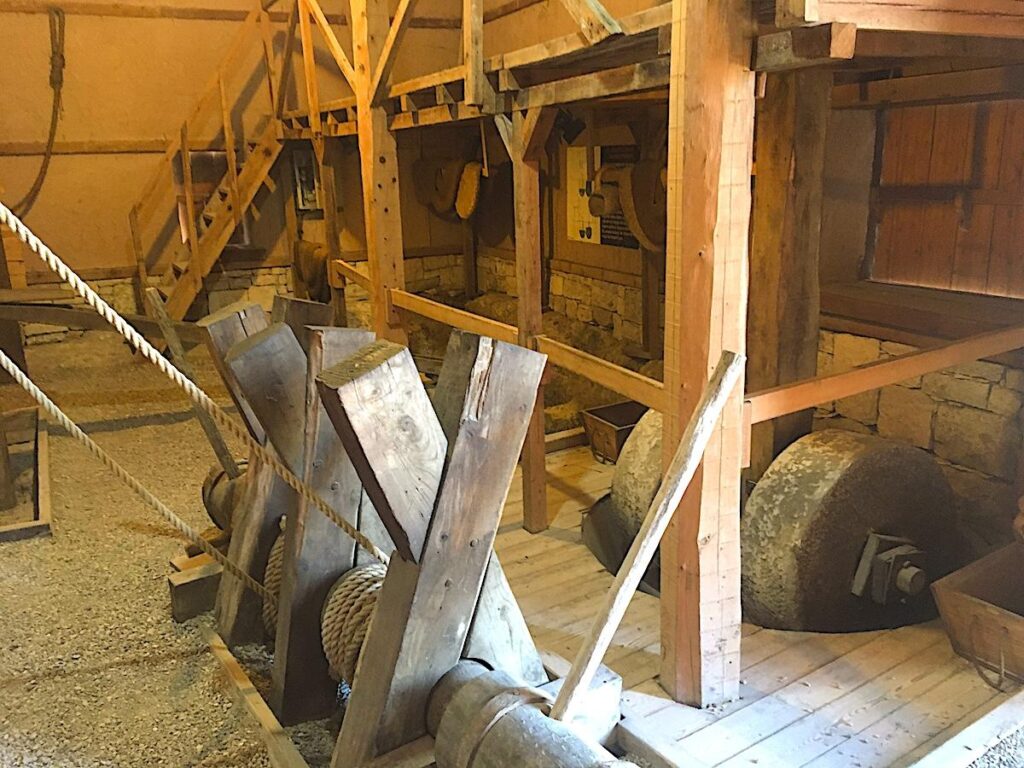
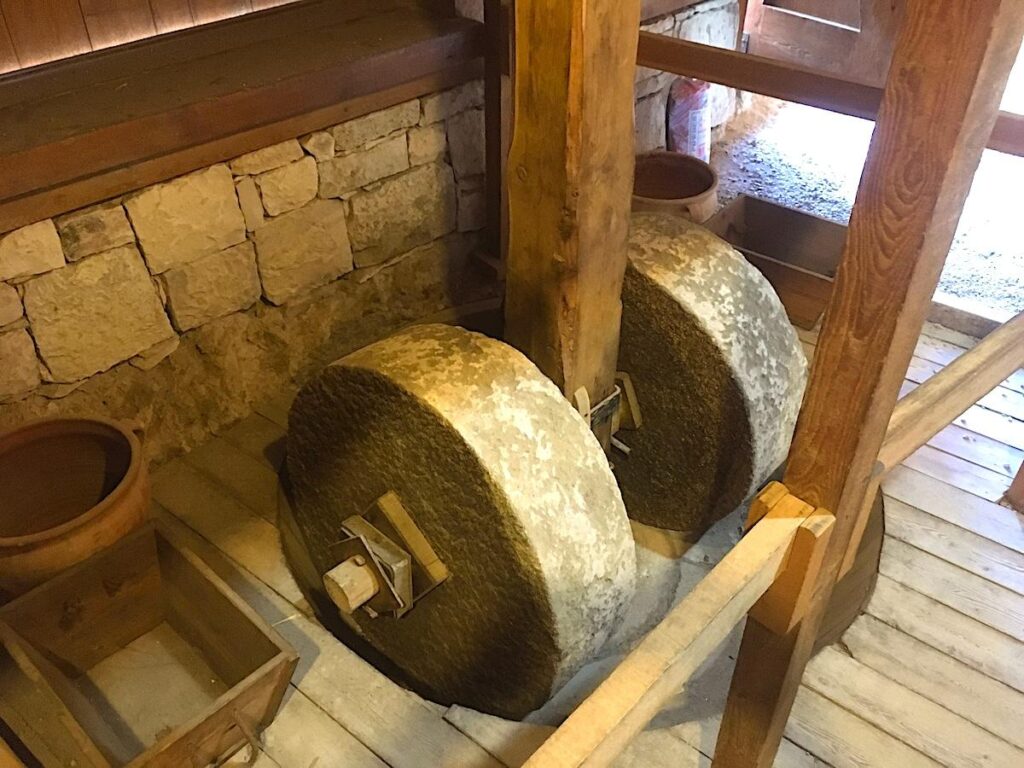
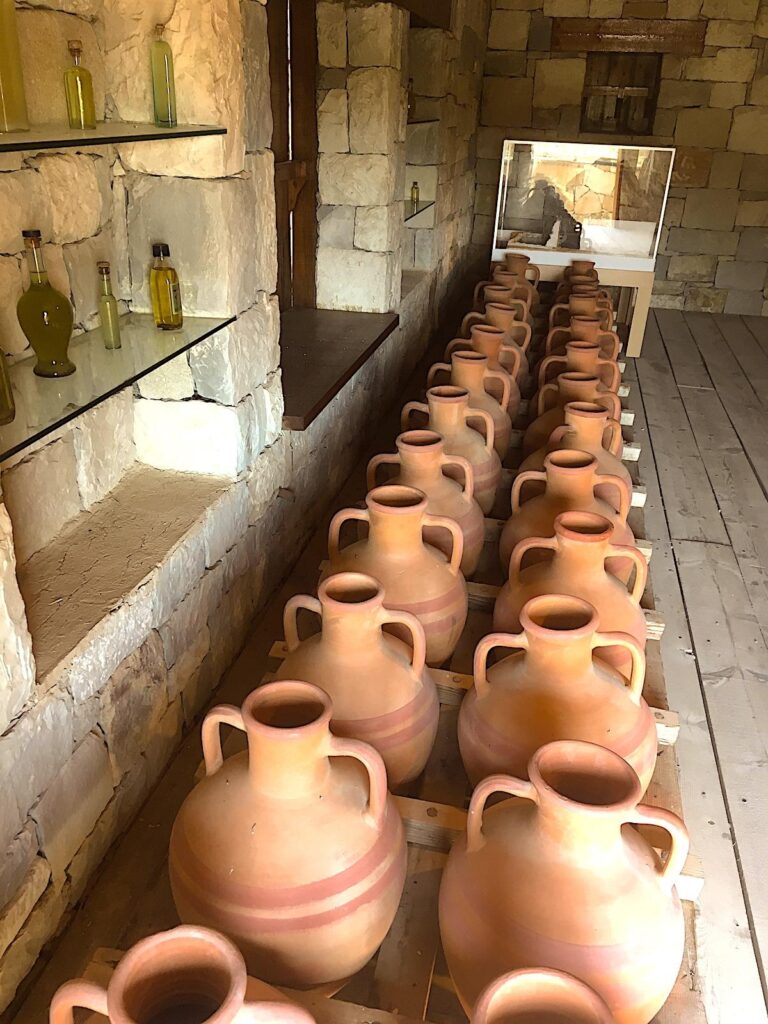
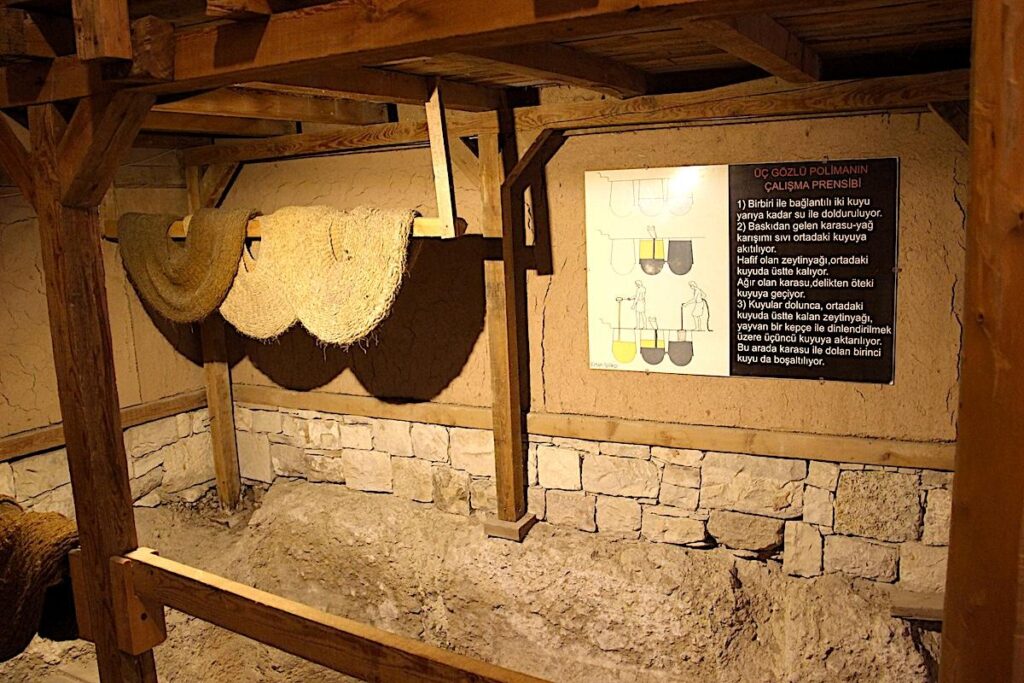
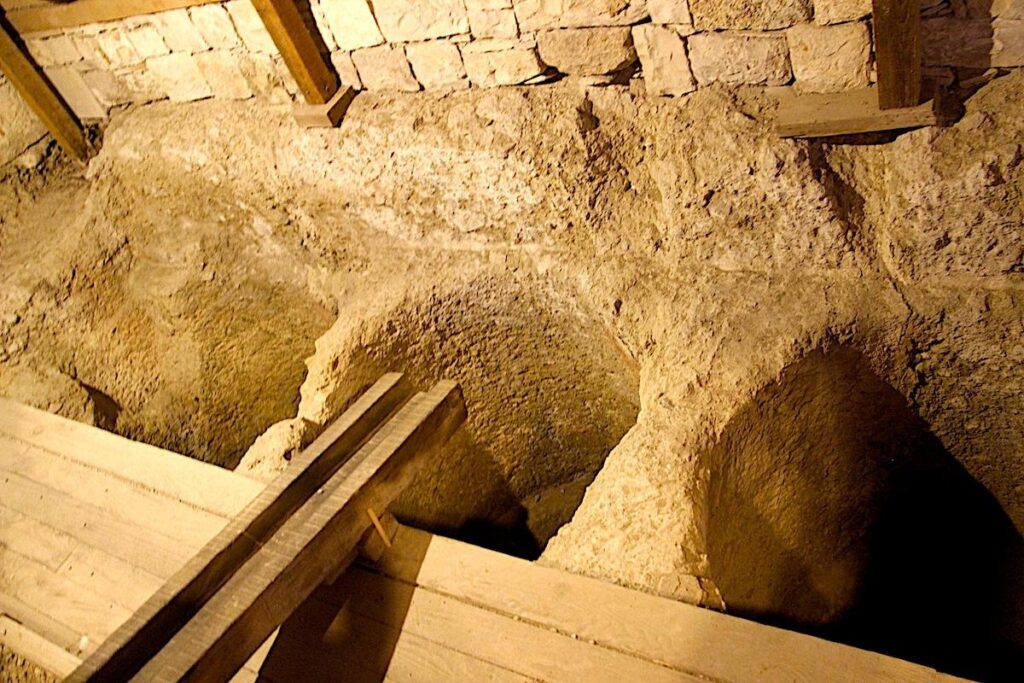
The Necropolises
Klazomenai is one of the few sites in the region, along with Phocaea, on the opposite side of the Izmir Gulf and Old Smyrna, to provide detailed evidence for ancient burial practices. There are five separate necropolises at Klazomenai and a few burials inside the city walls. Iron Age burials date from the 10th century B.C. until the middle of the 7th century B.C., most of which are found outside the city and comprise mainly pot burials of young infants, some cist (stone-lined) graves containing young adults, and a few adult inhumations (buried corpse) and cremations. Once the wall had been built to encircle the Archaic town – at some point in the middle of the 7th century B.C. – this burial ground was abandoned. In the Archaic period, the most common burial practice for adults and children was inhumation within richly adorned terracotta coffins. Known as “Clazomenae Sarcophagi”, they are specific to this area and date between 630 and 500 B.C. The designs included figures or simple linear or floral patterns along the upper panels.
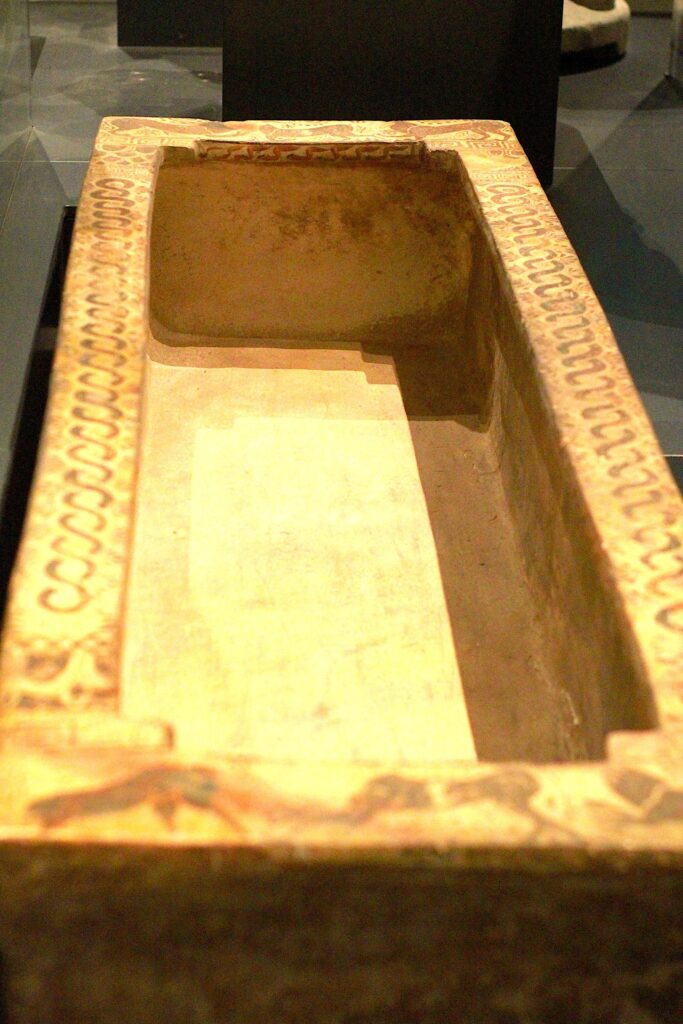
It was reported in 2020 that as a result of the rescue excavation carried out by the Izmir Museum Directorate, a new necropolis was unearthed in the south of the Klazomenai settlement, in the area near the Ağaçlı Yol connecting the Urla centre and İskele Neighborhood. This necropolis, called Tree Road, shows that the burial areas of Klazomenai are spread out over a larger area. Fifteen tombs were examined, and four different types of burial were identified: sarcophagy, roof tile, simple and cremation. A bath boat-shaped terracotta sarcophagus tomb, dated to the late 8th / early 7th century B.C., was recorded as the earliest burial, while the Klazomenai-type sarcophagus tombs dated to the 6th century BC were the dominant group. With two tombs dated to the Late Classical Period and two urnes in which the cremation tradition was applied in the Hellenistic Period, Klazomenai provided new data for dead burial traditions. The stylistic enrichment of burial gifts left for deceased individuals and some sarcophagus tombs especially put this necropolis in a particular place.
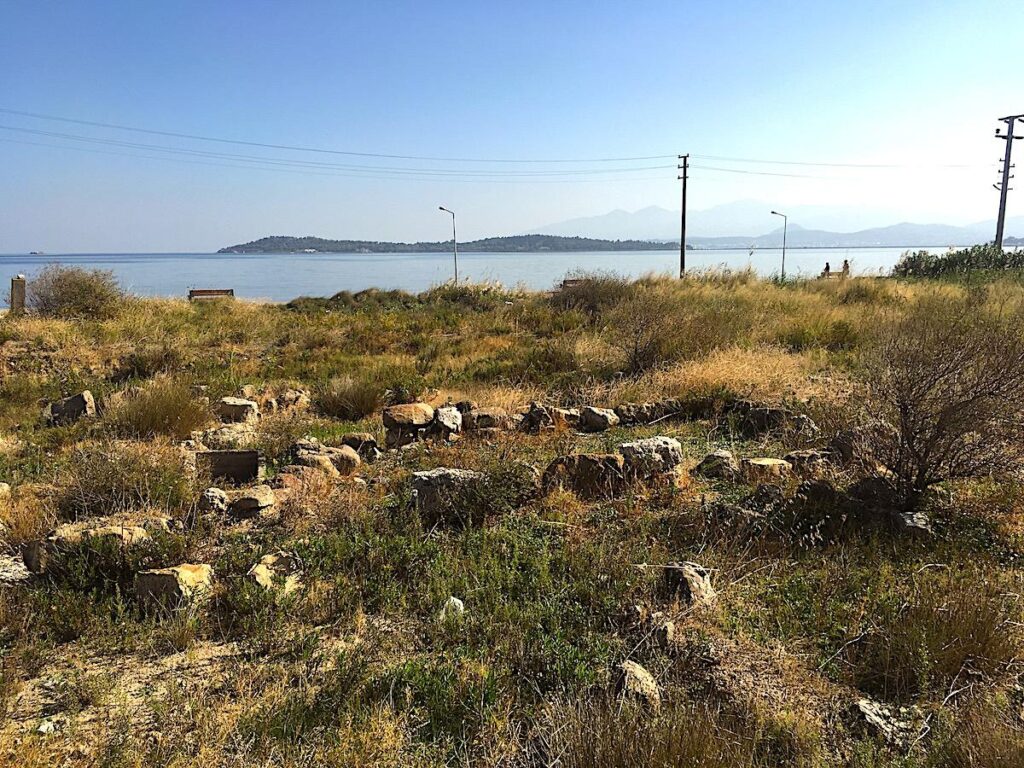
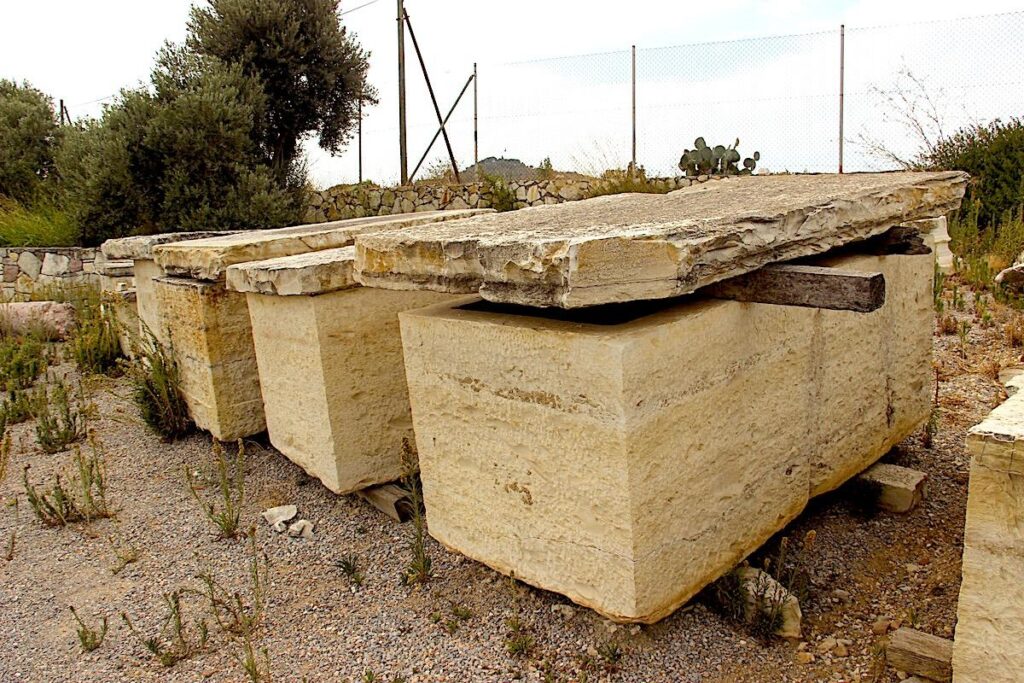
Limantepe
Limantepe was a major regional player that, in the Bronze Age, probably surpassed in size its contemporary and rather more famous neighbour to the north: Troy.
The excavations (not open to the public) at Limantepe were started in 1992 within the framework of the İzmir Region Excavations and Research Project, and since 2000, the excavations have been continuing in two different parts: land and underwater. Liman Tepe shows very different features among all known Aegean settlements during the Early Bronze Age period. An inner castle and a lower city connected to the port facilities were fully formed. The inner castle is also located higher than the lower city, as it surrounds the mound formed by the older layers. The remains of the exposed defence system are only the pedestal part of the current system.
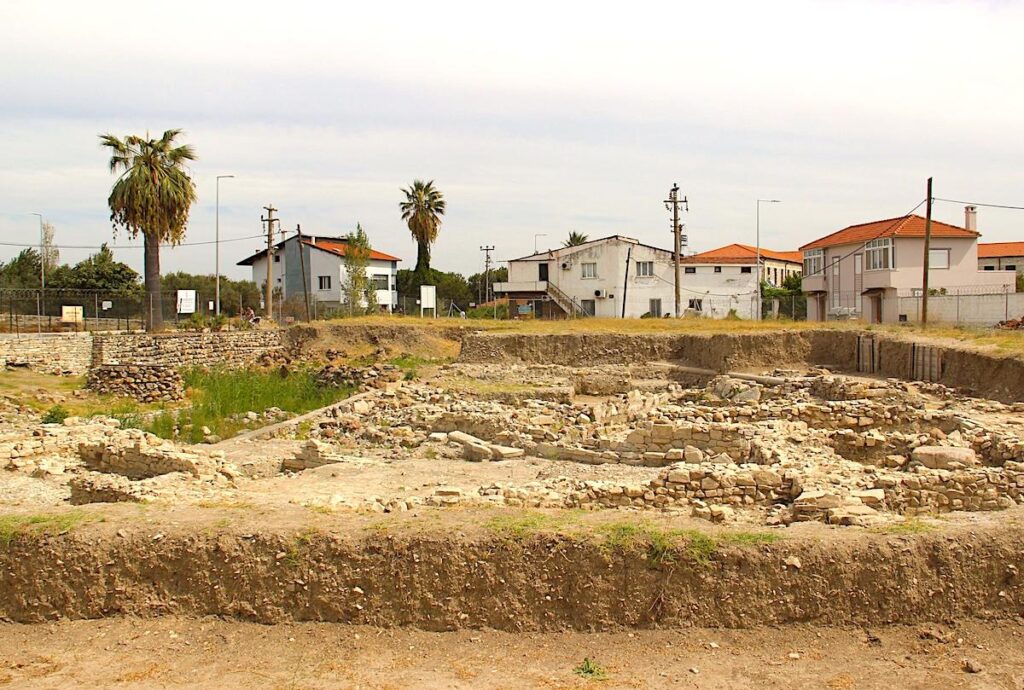
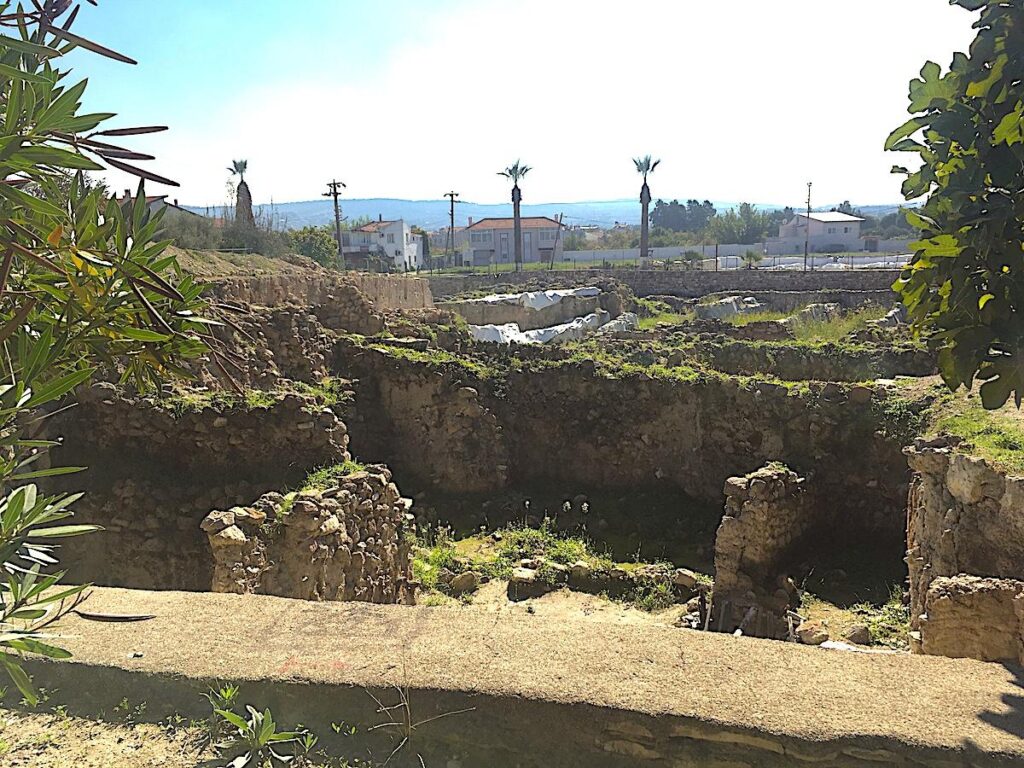
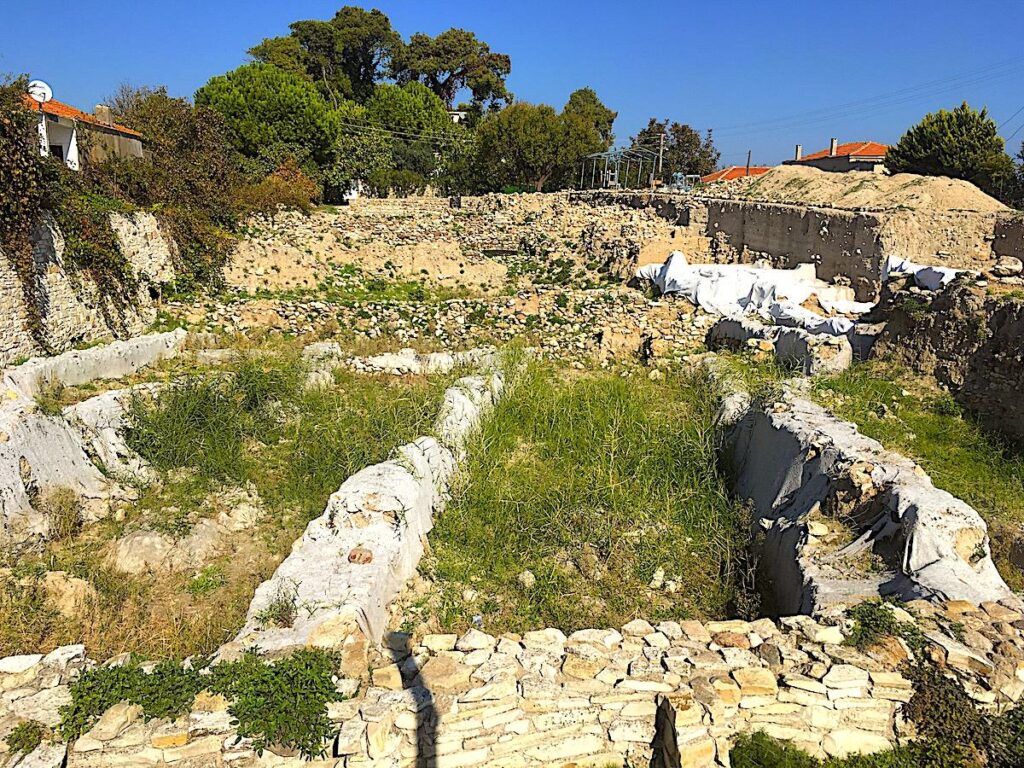
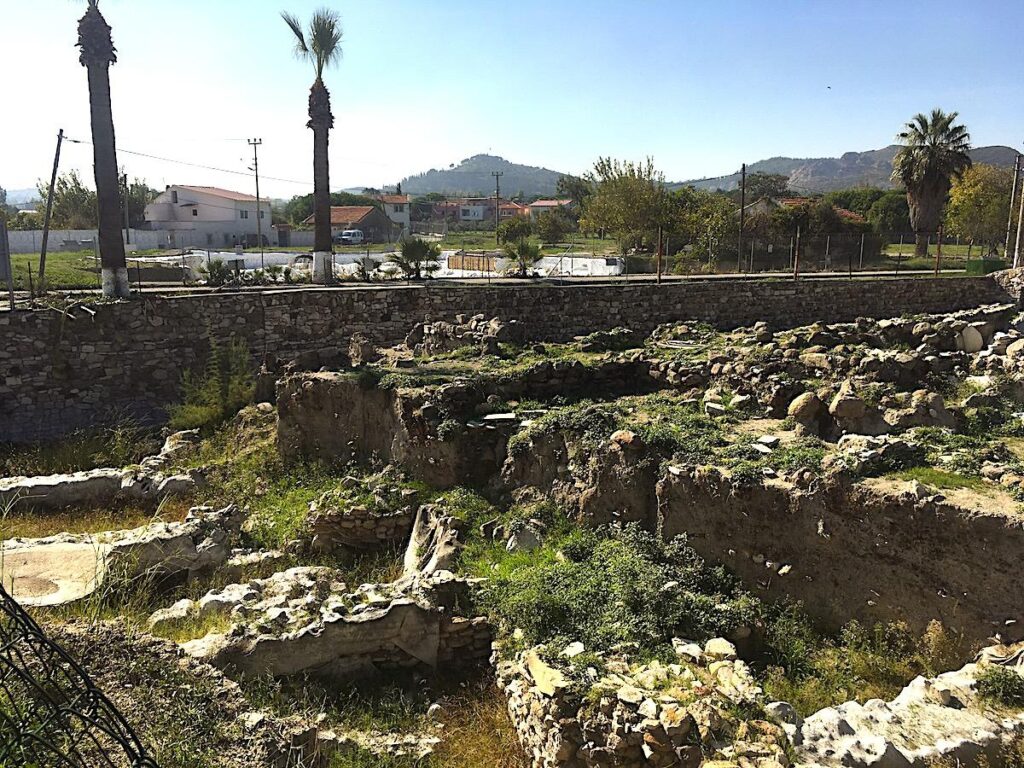
The Ancient Harbour
The ancient harbour of Limantepe / Klazomanae was constructed by two breakwaters that were oppositely built on the western and eastern sides of the harbour. The former is almost completely submerged under the modern Urla harbour today. As a result, underwater excavations have mostly been executed on the eastern breakwater. In excavations between 2007 and 2012, two harbour floors dating to the 4th century B.C. and the 6th century B.C. have been revealed. The primary finds have been ceramics, mainly amphora, concentrated in the first half and last quarter of the 6th century B.C. Ceramic. The finds of plates painted with wild goats, oinochoes (wine jugs), and kylixes (shallow drinking cups) permit precise dating, dated between 585 and 570 B.C. The eastern breakwater is formed by stacking irregularly sized stones together; no mortar was used. No excavation works have been carried out on the western breakwater since it is buried under the modern harbour.
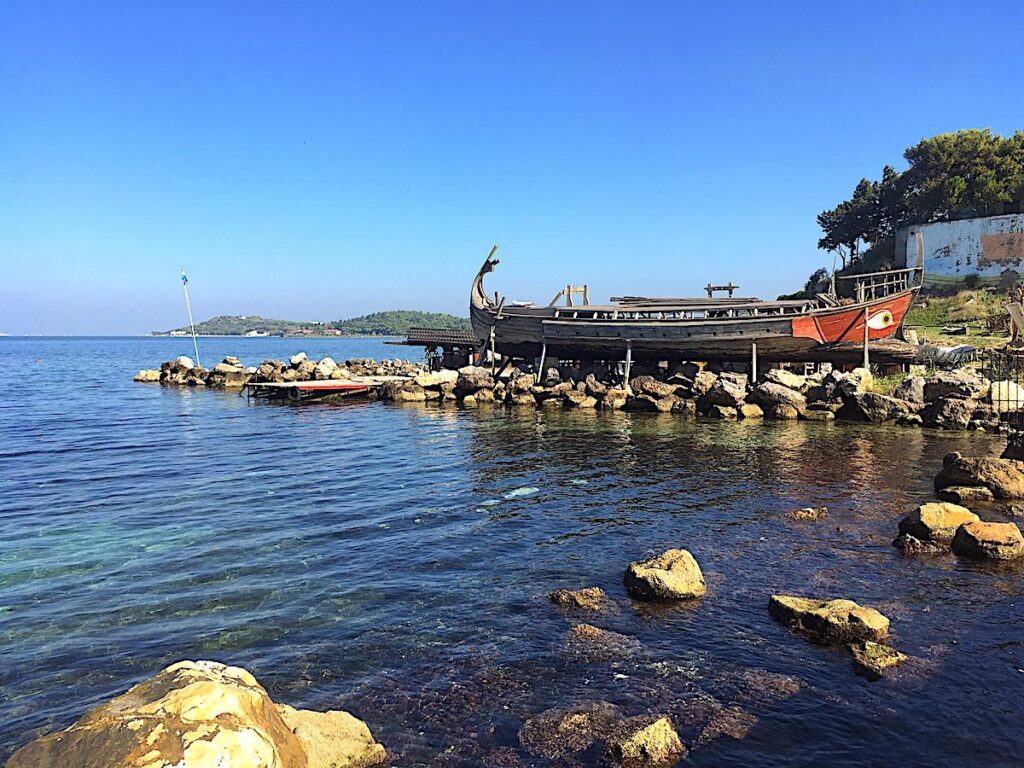
Karantine Island
Karantina Adası —Karantine (Quarantine) Island covers an area of 320,000 square metres. While the causeway can be walked/driven, the island itself is not currently open to the public. It is accessed by a causeway that was initially connected to the mainland during Alexander the Great’s reign and restored with a road by the French in 1865.
To date, little has been published about ancient excavations on Karantine Island. It is understood that on the north of the island is a 5,000-seat amphitheatre belonging to the Ancient Period, with ancient walls and a temple, and to the southwest of the island is an Ayazma (holy well).
The island was used during the Ottoman Empire in the fight against infectious diseases such as the plague, cholera, and typhoid and got its name from the quarantine facilities built by the French in 1865. These facilities, which were created using very advanced technology since they were established, were used extensively for quarantine practices between 1865 and 1869 and then operated until the end of the First World War. Alongside Tuzla near Istanbul, the island became the largest disembarkment point during the 1923 population exchange between Greece and Turkey, where Turks arrived from Thessaloniki, Crete, Limnos, Bitola, Lesvos, Chios, and Ioannina.
The Marine and Sun Institute Hospital was built on the island in the 1950s. In the 1960s, it became the Bone and Knuckle Diseases Hospital, which was converted into Urla State Hospital in 1986. The state hospital was moved to the mainland in 2014 when a new building was erected.
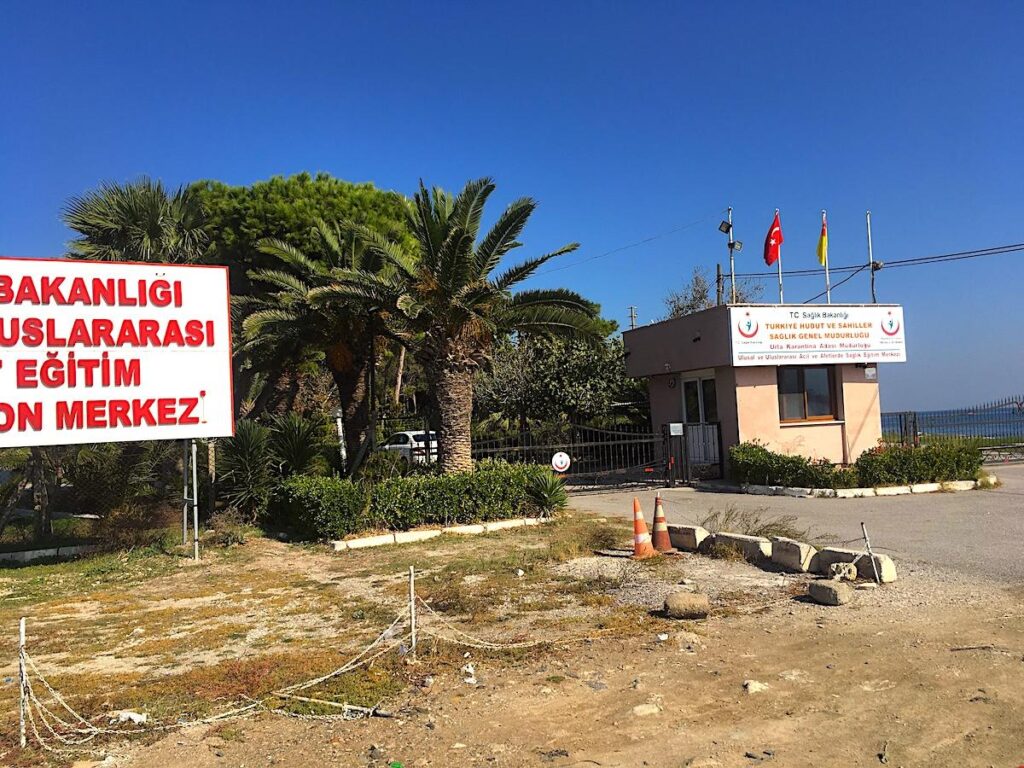
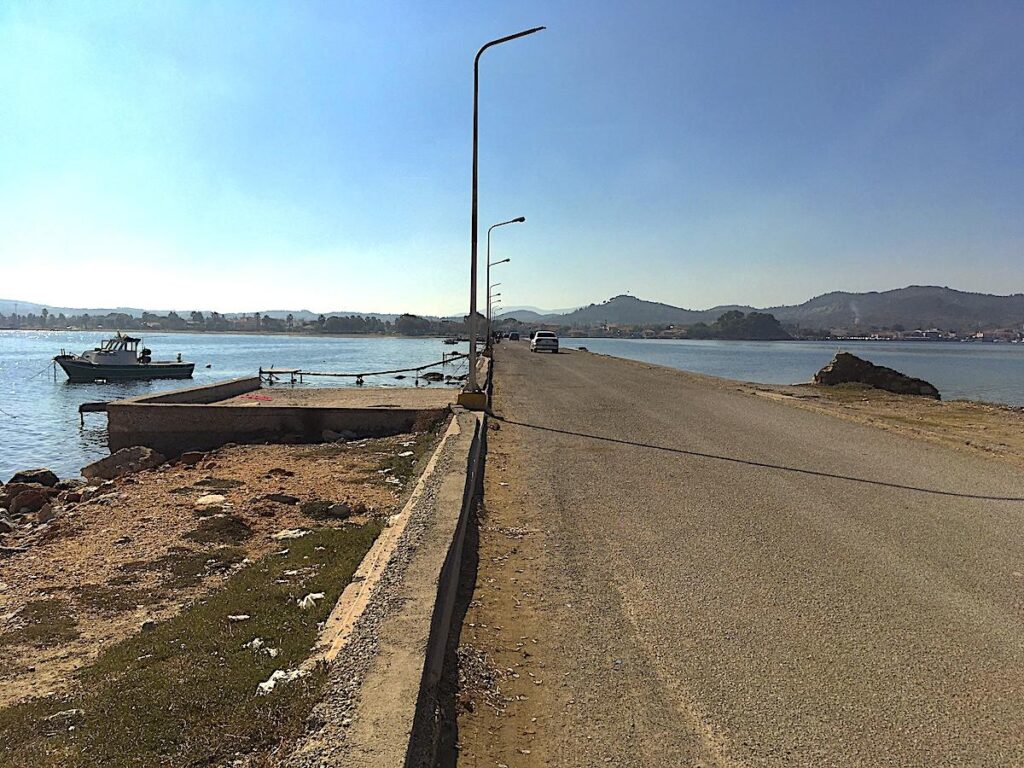
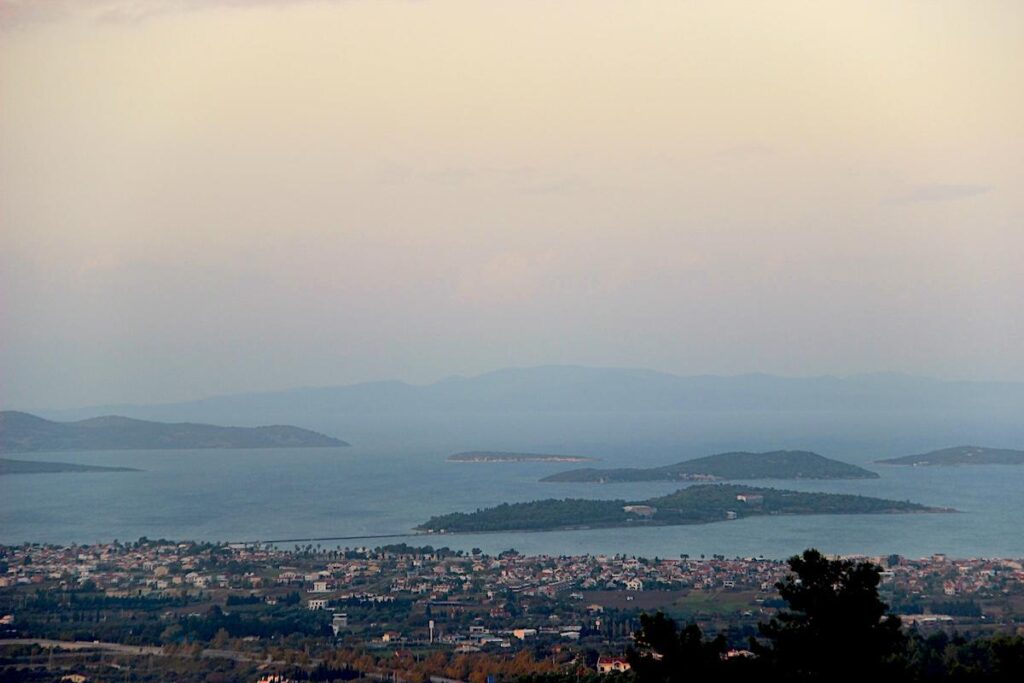
Archaeological Research & Excavations
British travellers studied the region in the late 18th and 19th centuries, identifying potential Roman remains. A decorated terracotta sarcophagus found in Klazomenai attracted the attention of European museums and collectors of ancient art. In 1883, villagers found two sarcophagi; this led to the start of illicit diggings and the distribution of the finds to various museums. Greek archaeologist G. P. Oikonomos carried out the first scientific excavations in Klazomenai in 1921 and 1922. In the 1950s, British scientist Prof J. M. Cook conducted the first intense topographic research in Klazomenai to identify the historical geography of the Ionian centres in Western Anatolia that determined the prehistoric settlement in Limantepe. The Ministry of Culture made studies in 1979 and 1980, and then, in 1981, Güven Bakır headed the excavations; from 2002, Dr. Yaşar E. Ersoy led the Klazomenai excavations.
Information Links
Republic of Türkiye Ministry of Culture & Tourism – Klazomenai Archaeological Site English Website (includes a link to their .pdf brochure)
